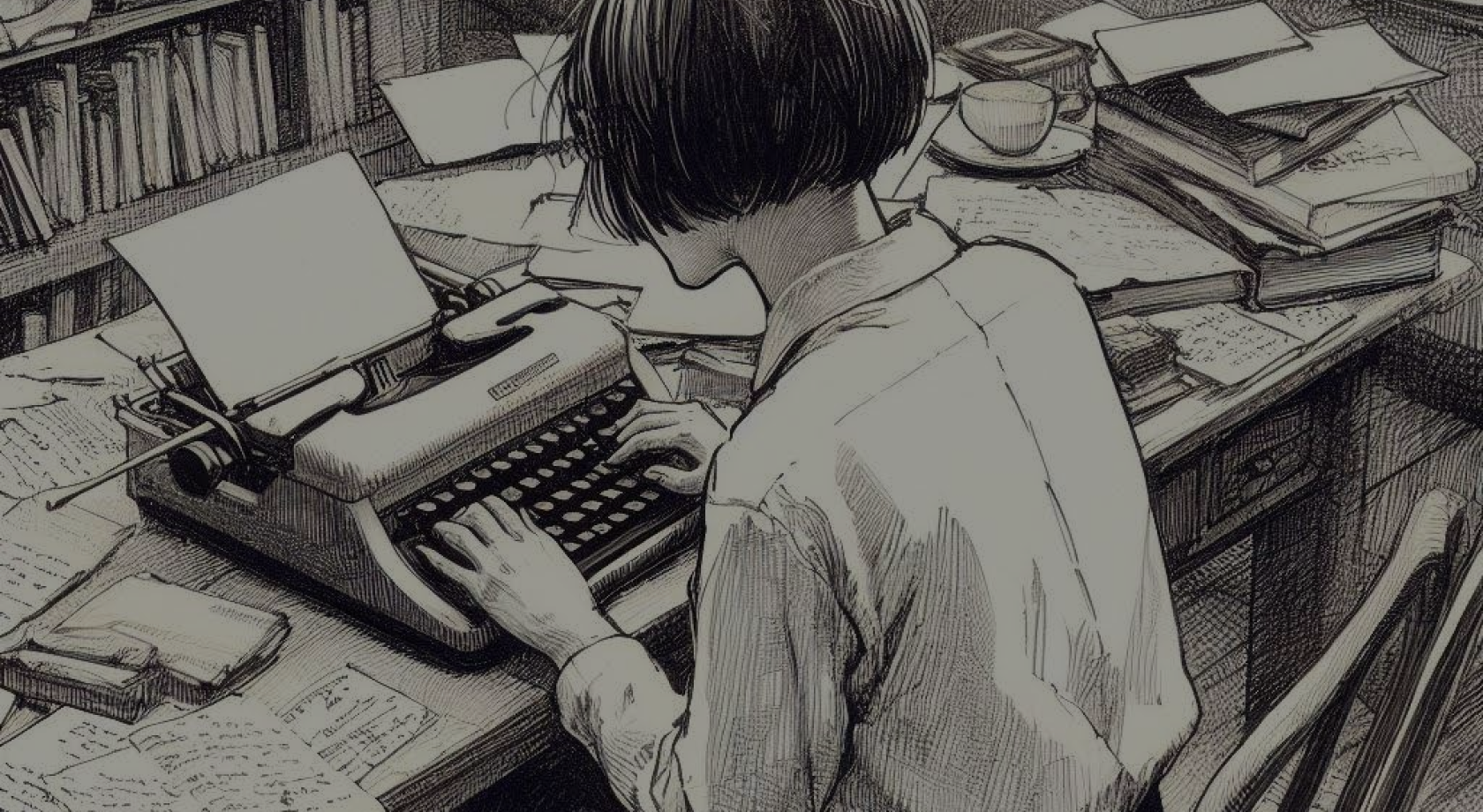Looking for Espinosa

It's well known that literature and cinema can be a driving force behind tourism. In recent years, several cities and countries have offered tax advantages to film producers who want to use them as backdrops for their plots, counting on the influx of tourists who will come to check out the beautiful landscapes after being enraptured by the movie. Woody Allen himself made use of these advantages in his films Midnight Paris and Vicky Cristina Barcelona, which masterfully combine the beauty of the cities where they were filmed with exquisite photography. There are, however, movies and books that detonate the desire to get to know a place. This was the case with the book I read this weekend.
The book I'm talking about is 'The Traitor', by Nelson Demille and Alex Demille (father and son). The reading tip came from Stephen King, who, at the end of his book 'The Writing', presents a list of the hundred books he has enjoyed and learned more about the writing process from. The Demille book is great. The plot, the pace and the main character are excellent, but the story takes place in a Venezuela where all that remains after the Chaves and Maduro governments is chaos, misery and corruption. When I realized the lack of interest in traveling to Venezuela that had taken root in me after reading this book, I could see the power of good storytelling.
Curiously, reading 'The Traitor' brought to mind the sensations that Luiz Alfredo Garcia-Roza's books provoked in me. I'm a fan of this author, who published his first novel at the age of 60. Garcia-Roza was a psychoanalyst and this certainly contributed to his characters being so well characterized that they almost became flesh and blood individuals. Anyone who has read his novels knows what I'm talking about: police chief Espinosa. A character with a carioca flair and replete with universal issues, you can easily imagine him sitting in front of you in a dirty Copacabana bar talking about his philosophy of life and the cases of the week.
I owe my passion for Garcia-Roza's books to my esteemed colleague Carlos Manoel, who lent me all the books in his collection one by one. I especially remember the day when, after finishing one of these novels, with the scenes of the book still imprinted in my memory, I decided to take a walk around the Peixoto neighborhood, where Espinosa lives. For these exotic Indian programs, I have my favorite companion: my ex-boyfriend.
It was a Sunday morning and we arranged to meet at a charming café in Copacabana to have breakfast together. While we waited for the orange juice, still clutching my bag, I told Tan how good Garcia-Roza's books were and how I was amazed by his main character, the police chief. Espinosa's police station, I explained, was right there in Copacabana, a 10-minute walk away. The police chief walked home from work every day via Av. Sra. de Copacabana, stopping briefly at the Menescal Gallery for an esfiha before heading to his apartment in the Peixoto neighborhood. And so I went on telling the police officer's stories, detail by detail, until I seduced my ex into the charms of Garcia-Roza's novels.
Once breakfast was over, and with my bag already forgotten on one of the chairs on the sidewalk, despite the street kids hanging around, I was finally able to make the proposal I'd had up my sleeve since the day before. "Let's take a walk around the Peixoto neighborhood and see if we can locate some of the scenes in the book?". He, who knew all about my cerebral circumvolutions, had certainly already suspected my intentions.
We crossed a pedestrian crossing that had been spray-painted from top to bottom, built into the bowels of one of the buildings on Av. Santa Clara, and arrived at this famous jewel embedded in the heart of Copacabana. I looked from one side to the other, crossed the sandy square in the heart of the Peixoto neighborhood and, I confess, I didn't find it very amusing. Gradually, however, I realized that in the four streets that make up this enclave of Copacabana, there are practically only buildings from the 1940s and 1950s, all low-rise. The atmosphere is that of a small, quiet town. We sat on the bench in the square and I began to admire the surroundings, trying to imagine which building my favorite deputy lived in, who, on rainy days, liked to admire the tops of the trees in the square from his window. I imagined myself at night, standing on the wet sidewalk, admiring his outline behind the window. The lights in his living room are off, and all I can see is his face, illuminated by the faint light of the moon. But where the hell is this building anyway?
I came out of my reverie and finally noticed a little old lady staring at us intently from the window of a ground-floor apartment just in front of us. I got up from the bench and, pulling Tan by the handle, said "Let's go". "Where?" he asked. "To talk to that lady." "Good morning! What a beautiful area, I didn't know the Peixoto neighborhood yet. Have you lived here for many years?". "Yes, my child. Since I got married". "And do you happen to know where Deputy Espinosa lives?" I asked. Tan started pulling me by the arm, trying to interrupt the conversation: "He's just a character in a book. He doesn't exist, Ybbi". "I know, I know that, Tan. But he lives around here," I replied quite rightly, describing a semi-circle with my outstretched arm as I turned my body. With an amused look on her face, she followed our conversation and, before we could start arguing about such a silly thing, she decided to intervene: "I'm going to ask my husband if he knows where the deputy lives. He loves Garcia-Roza's books too," she said, winking at me in complicity, before going back into the house and out in search of her husband. A few minutes later she returned, dejected. "I'm sorry, he doesn't know either". To this day, I haven't found the address of Deputy Espinosa. Not even the author will be able to shed any light on this mystery, because he's already dead. I know that I will continue to be tormented by the desire to get to know the settings of his books.
But what arouses such a strong desire to visit the settings of a novel we've read? Is it simply the chance to see if the movie we create in our minds while reading a story is close to the one imagined by the writer? Every passionate reader is a potential filmmaker and, judging by how often audiences are disappointed when they see a movie based on a book they've already read, the world is full of talented filmmakers. That day we walked around the Peixoto neighborhood, I was consoled by my ex about the impossibility of evaluating my cinematographic attributes when, pulling me by the hand, he proposed, "Come on, let's go find that crack in the rock you told me about. Isn't it in a dead-end street here in Copacabana, which ends in a rocky wall? The one where the boy who had been a street kid in his childhood now practiced climbing and took his girlfriends." "Hmm?" I asked, looking interested again, temporarily forgetting about Espinosa high up in his rain-soaked window as we continued to hunt for the crevasse.
Known in several countries, Garcia-Roza's books, as well as the work of other Brazilian writers and musicians, have certainly influenced some tourists in their choice of vacation destination. But the desire to come and see the scenery of these books and songs is not enough. Ideally, the government and the private sector should do their part to help lovers of Brazilian culture understand the context in which this work was created.
Translated with DeepL.com
Voltar
